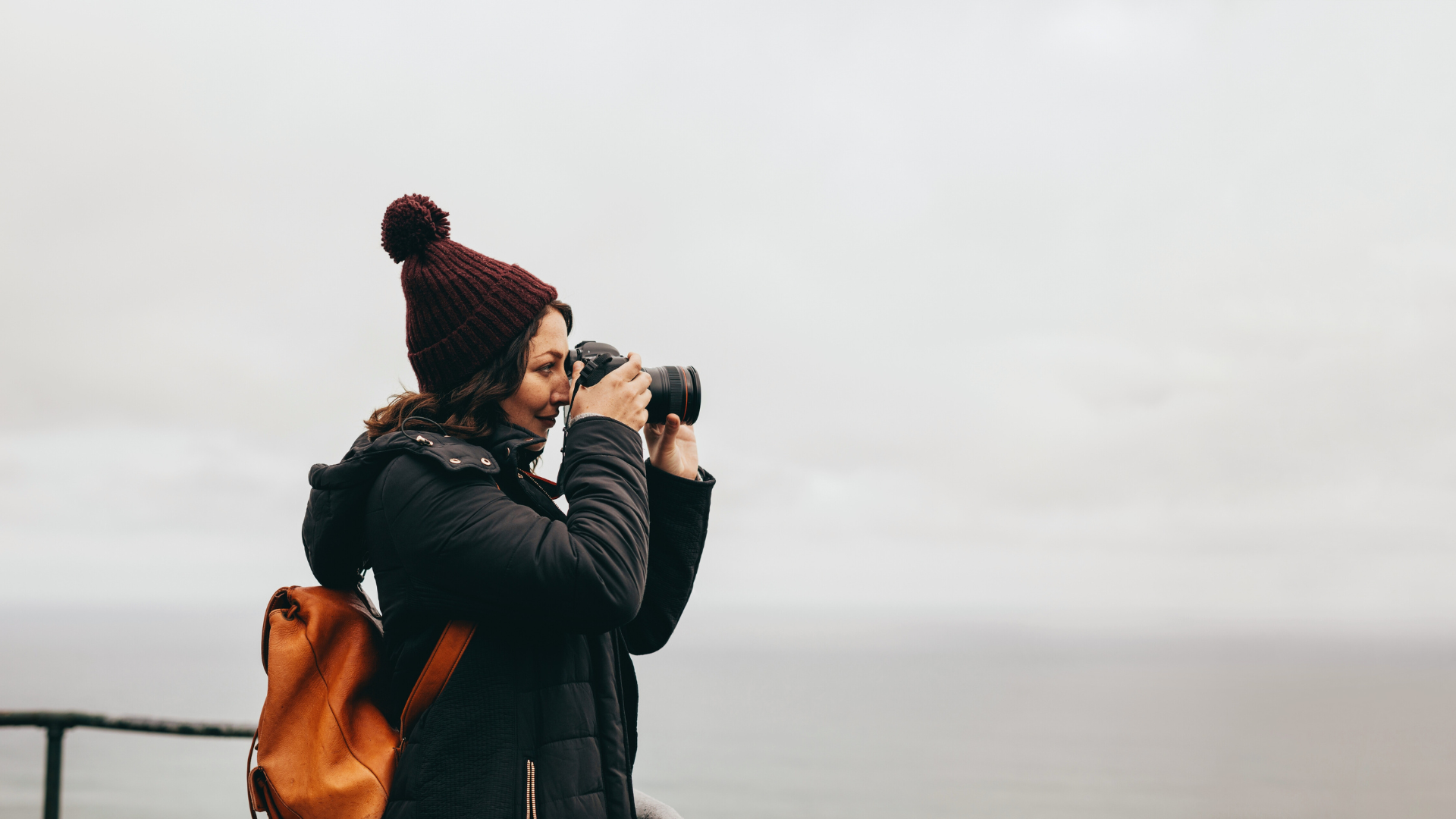Photographing cityscapes presents a unique opportunity to capture the essence of urban life and architecture. Selecting the right camera and lens is crucial, as they can significantly enhance the details and scale of the scene. A wide-angle lens often works best for capturing expansive city views, allowing the photographer to include more of the landscape without distortion.
Understanding lighting conditions can make a major difference in the quality of cityscape photography. Early mornings or late afternoons provide soft, warm light that can create stunning contrasts among buildings. Additionally, experimenting with different angles can lead to more dynamic images that showcase the vibrancy of the city.
Lastly, paying attention to composition can elevate a cityscape shot from ordinary to extraordinary. Elements like leading lines, symmetry, and the rule of thirds can guide the viewer’s eye and create a more engaging photograph. By mastering these tips, anyone can transform regular city scenes into captivating visual narratives.
Understanding the Basics of Cityscape Photography
Cityscape photography requires specific equipment and settings to capture stunning images. The choice of camera, lenses, and understanding of camera settings are crucial for achieving the desired effects, such as sharp details and vivid colors.
Camera Equipment Essentials
Choosing the right camera can significantly impact cityscape photography. Mirrorless cameras and DSLRs are both excellent choices due to their image quality and versatility. A wide-angle lens is often preferred, as it allows for capturing more of the scene in a single frame.
The use of a tripod is essential for stability, especially during low-light conditions. This prevents camera shake and ensures crisp images. Accessories like neutral density filters help manage brightness when capturing long exposures or achieving a lower aperture for depth of field effects. A polarizing filter can enhance colors and reduce glare, making it ideal for photographing reflective surfaces.
Comprehending Camera Settings
Knowing camera settings is key to mastering cityscape photography. Aperture influences depth of field and how much of the scene is in focus. A smaller aperture (higher f-stop number) is suitable for a greater depth of field, ideal for cityscape shots.
Shutter speed impacts exposure and motion blur. For nighttime photography, longer exposures may require slow shutter speeds, necessitating a sturdy tripod. ISO settings should remain low to minimize noise, particularly in urban nighttime scenes.
Autofocus functions can be useful in ensuring sharpness, but manual focus might be preferred for precise control in low-light situations. Adjusting these settings accordingly will allow for more creativity and control in capturing dynamic cityscapes.
Capturing the Essence of the City
To effectively capture the essence of a city, a photographer must pay close attention to perspective and composition. These elements enable the portrayal of urban landscapes in a way that showcases their unique character and vibrancy.
Finding the Perfect Perspective
Discovering the right vantage point can transform a standard cityscape shot into a compelling image. Elevated locations, such as rooftops or hills, allow for broad views of city skylines, emphasizing the scale and complexity of urban structures.
Exploring different angles can reveal hidden gems within the city. For example, positioning the camera at eye level can draw attention to intricate details like architectural patterns and texture. Conversely, low angles can accentuate height and grandeur, making buildings appear more imposing.
Incorporating reflections from water surfaces or glass buildings adds depth and creativity to urban photos. By capturing multiple aspects of the city in a single frame, the photographer conveys a richer narrative.
Framing and Composition Techniques
Composition plays a crucial role in portraying the essence of a city. Utilizing the rule of thirds helps create balanced and dynamic cityscape images. By placing key elements along the gridlines or at intersections, the photographer draws the viewer’s eye throughout the photograph.
Leading lines, such as streets or bridges, guide the viewer’s gaze toward focal points, enhancing the sense of depth. Symmetry and geometric shapes can impart a sense of order, making urban scenes more aesthetically pleasing.
Incorporating patterns, whether through architectural designs or urban layouts, can evoke a feeling of rhythm in the city. Effective framing, such as using natural elements like trees or arches, can soften harsh lines and create a welcoming visual context, while also focusing attention on significant structures.
Mastering the Light in Urban Photography
Effective urban photography hinges on understanding and manipulating light. Two key aspects are harnessing natural light during the day and exploring the unique opportunities presented at night.
Utilizing Natural Light
Natural light varies throughout the day, providing distinct atmospheres. The golden hour, shortly after sunrise and before sunset, bathes the buildings in a warm glow. Photographers should be ready to capture the soft shadows and textures that emerge during this time.
The blue hour, occurring just before sunrise and after sunset, offers a cooler palette. It enhances the vibrancy of city lights against the deepening sky. Using a tripod during these times is crucial to maintain stability for longer exposures without introducing blur.
Incorporate bodies of water for reflections that add depth. Adjusting exposure compensation can help fine-tune light settings, ensuring that highlights and shadows balance effectively. Awareness of light direction can also shape compositions, highlighting architectural details while diminishing unwanted glare.
Adventures in Night Photography
Night photography reveals the city’s dynamism under artificial lighting. This environment is perfect for capturing light trails from moving vehicles. Long exposure techniques can transform ordinary scenes into mesmerizing patterns of light, emphasizing the flow of city life.
To master this style, using a sturdy tripod is essential. A remote shutter release minimizes camera shake, producing sharper images. Experimenting with various shutter speeds helps in finding the right balance between motion and clarity.
Incorporating elements such as illuminated buildings and neon signage can enhance the urban vibe. Photographers should also pay attention to the contrast between lit and dark areas, creating dramatic effects. Night photography requires careful planning, as understanding the city’s lighting can lead to stunning nightscapes.
Post-Production: Enhancing Your Cityscapes
Post-production plays a vital role in elevating cityscape photographs. By employing specific editing techniques and tools, photographers can enhance color, contrast, and clarity, bringing their images to life.
Essential Editing Techniques
Lightroom is a popular choice for foundational editing. Users can start by adjusting exposure, contrast, and saturation.
- Exposure Compensation: Correct any miscalculations in exposure. A slight increase can bring out hidden details.
- Clarity and Dehaze: Use these sliders to enhance details in the midtones and reduce any atmospheric haze.
Cropping can also significantly impact composition. Removing distractions from the edges can lead to a more focused image.
Applying Lens Corrections is crucial to fix any distortion or vignetting. Always ensure that you capture RAW files; they offer more flexibility during editing, allowing for significant adjustments without degrading image quality.
Advanced Post-Processing Tricks
Bracketing is an effective technique for capturing the full dynamic range. Unsure which exposure to use? Take multiple shots at different exposures and blend them in Adobe Photoshop.
In Photoshop, advanced techniques like layer masking allow for precise adjustments. Photographers can selectively enhance parts of the image. This is particularly useful in busy cityscapes where selective focus is needed.
Adding gradient filters can enhance the sky or ground. This increases interest and depth in the composition.
Finally, consider using plugins or presets that can speed up repetitive tasks. These tools often come with predefined settings that save time while ensuring consistent quality across images.



